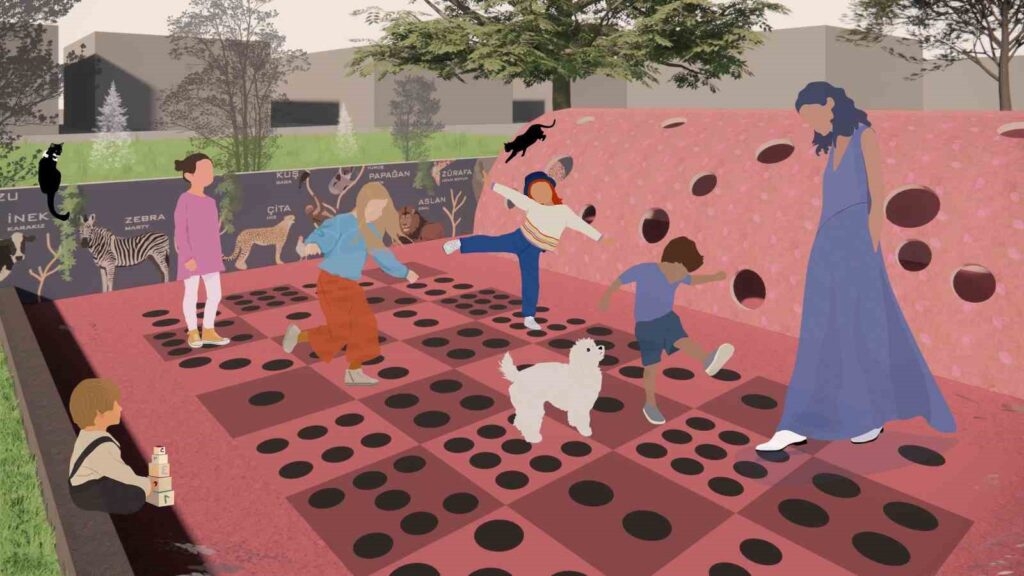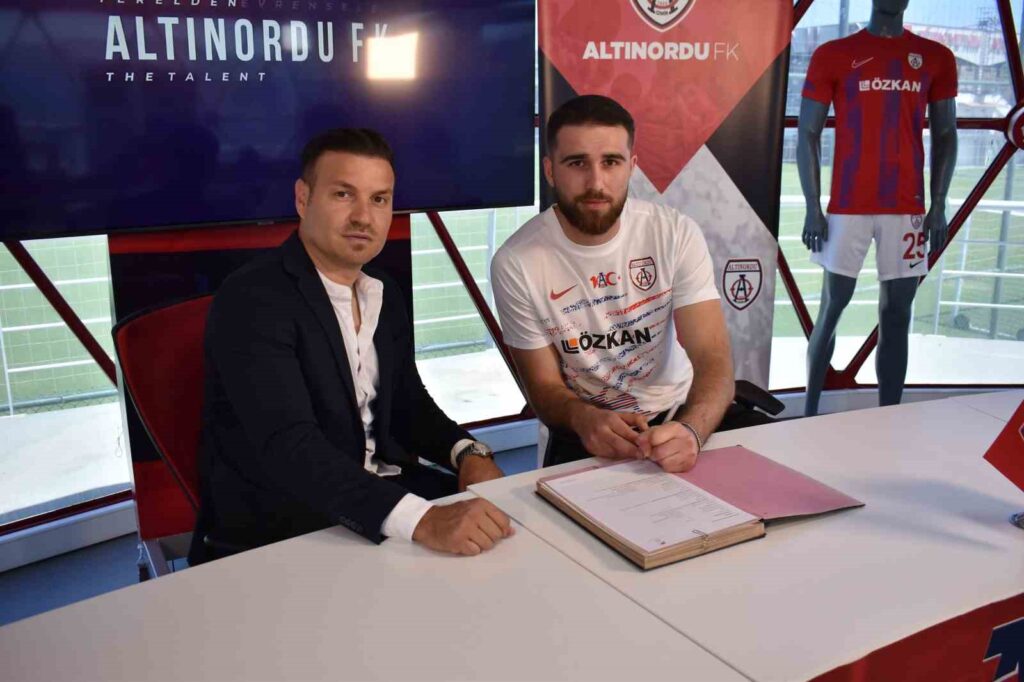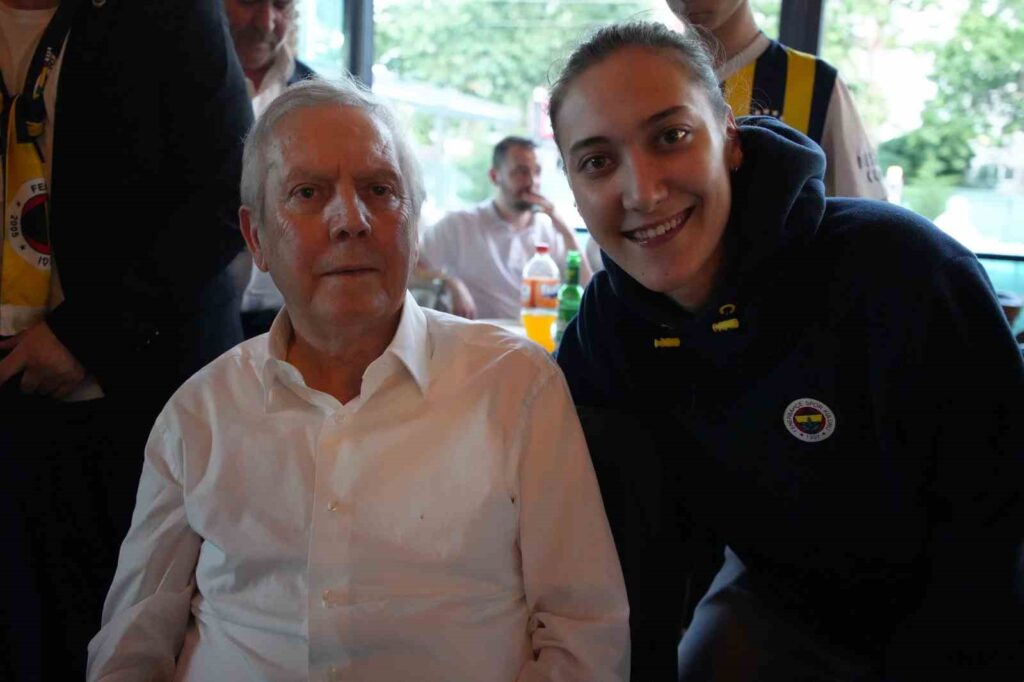Designed a playground for children with special needs
Yaşar University Department of Architecture final year student Sertaç Erbilgin, with his park project designed for children with special needs, won the Accessible Future Design Competition for Children organized by the Epilepsy Resistant Children’s Association (EDİÇO)…

Yaşar University Department of Architecture senior student Sertaç Erbilgin, with his park project designed for children with special needs, came in second place at the Children’s Accessible Future Design Competition organized by the Epilepsy Resistant Children’s Association (EDİÇO).
Epilepsy Resistant Children’s Association (EDİÇO) organized a competition aiming to raise awareness for children with special needs by focusing on public spaces where children frequently spend time, drawing attention to the physical barriers in their environment, identifying problems, and generating ideas for solutions. Participating in the Children’s Accessible Future Design Competition with his project aiming to create awareness for children with special needs, Yaşar University Department of Architecture senior student Sertaç Erbilgin achieved second place out of 65 projects. In his Boz Yap project, Sertaç Erbilgin aimed to solve the problems that children with special needs face in their daily lives by designing play parks, which are the areas they use the most, integrating the learning schemes of children with special needs into play areas, and creating an interactive design.
Supporting motor skills
Erbilgin, discussing the details of the playground design, said, ‘Boz Yap is a new generation children’s park project that has a unifying power instead of traditional children’s parks that oppose integrity, naturalizing the state of being able to break and build. Boz Yap Area aims to feed children’s motor skills and 3-dimensional thinking abilities through imagination by increasing the scale of puzzle pieces and having a soft texture, enabling children to create their own worlds. Unlimited combinations create unlimited possibilities. I aimed to create a game element that is lightened by covering a special fabric and filled with sponge inside to prevent material selection from being affected by external factors such as rain or snow, allowing children to easily change and combine their places. The adventure tunnel enriches the game with touch and light concepts, referring to all motor skills with sensory stimulants. Grasping design based on concepts of void, fullness, and touch sensation strengthens the sense of security. The corner of hit and run, referring to the effects of mathematics in daily life on the brain development process, arouses enthusiasm and involves the game. Children can use their multiplication and addition skills according to the points they step on in the square. The surface always remains at the same level, ensuring continuous interaction for children using wheelchairs, without allowing any disconnection from the whole.’







